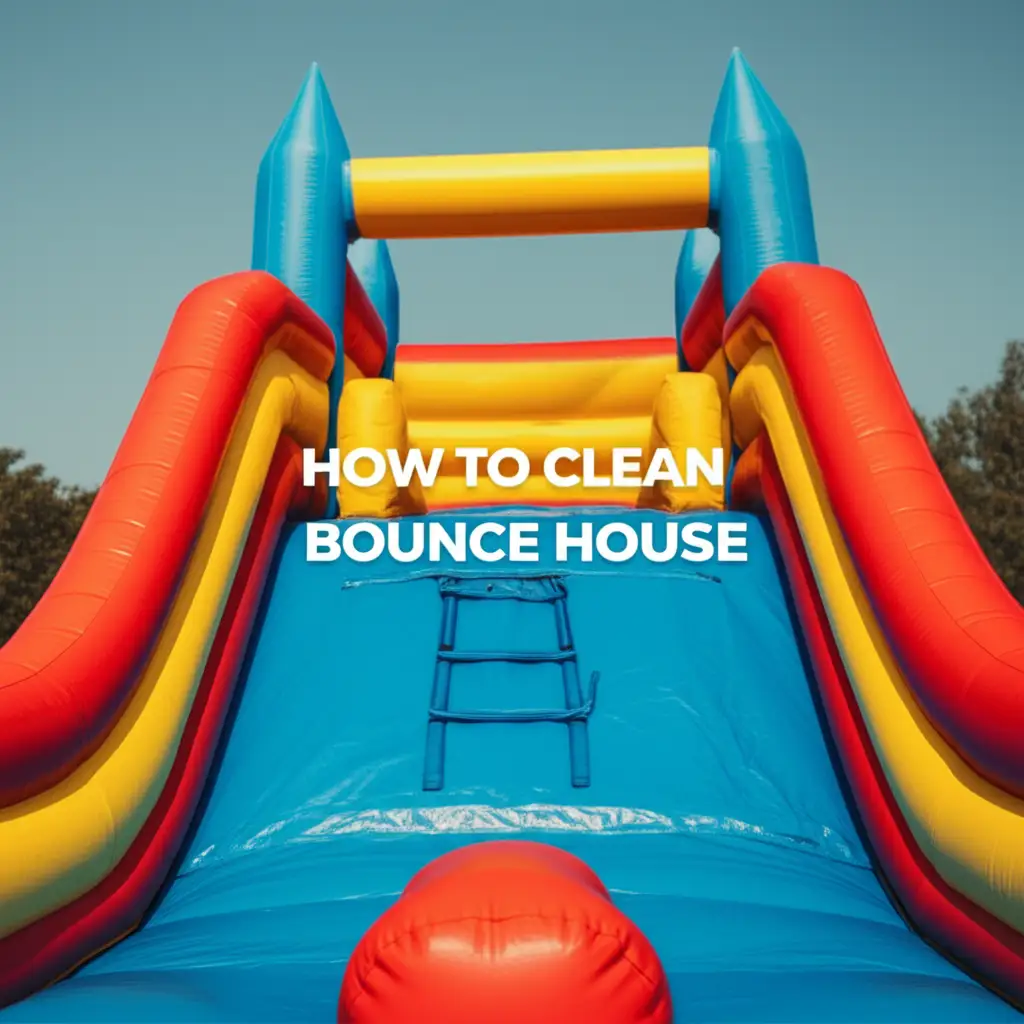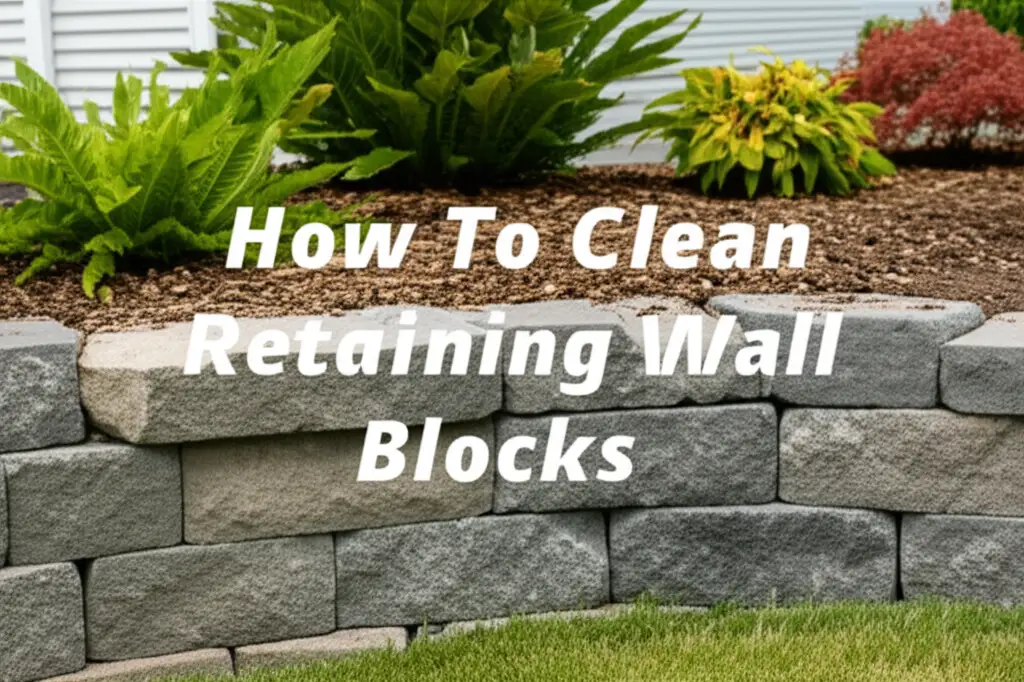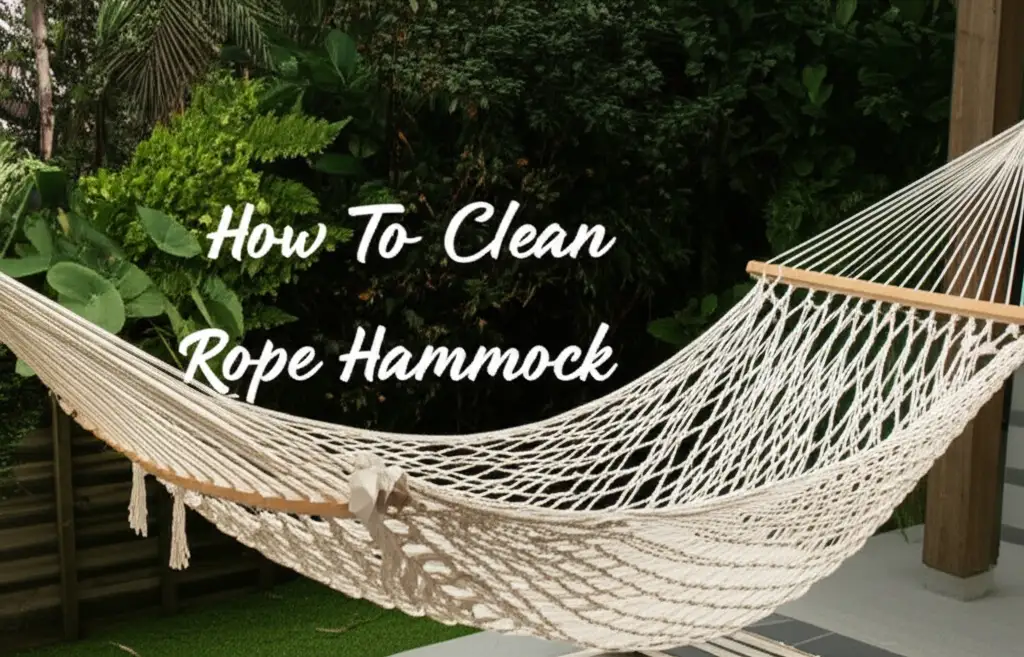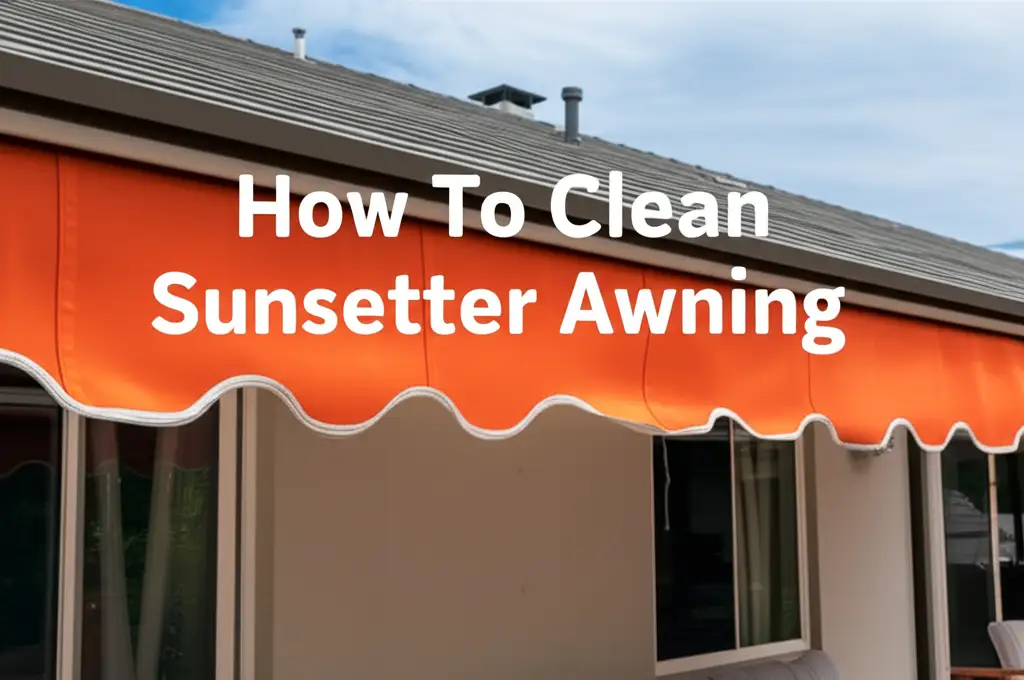· Outdoor Cleaning · 7 min read
How To Clean Rubber Mulch?
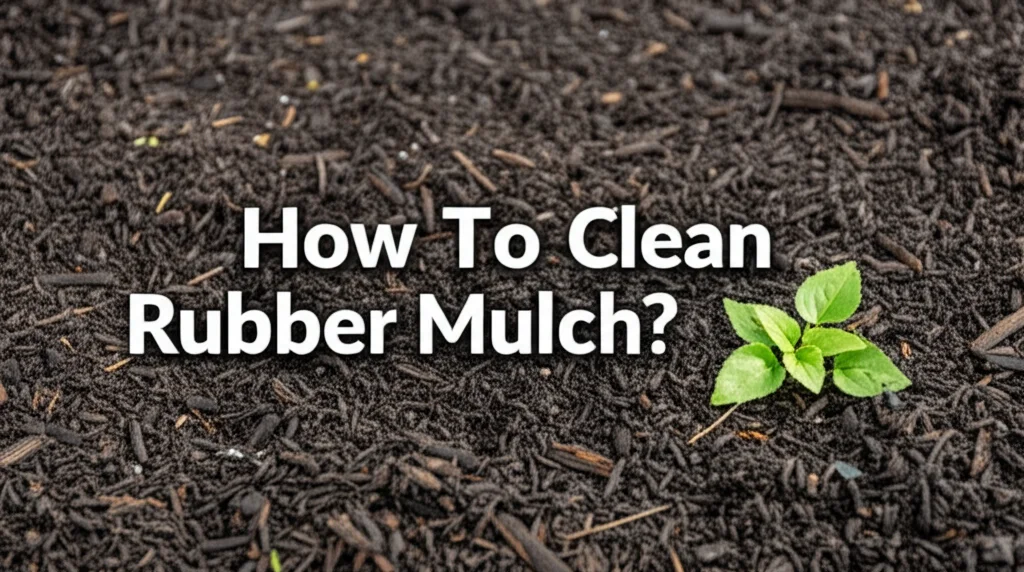
Keeping Your Playground Fresh: How To Clean Rubber Mulch?
Have you noticed your vibrant rubber mulch looking a little dull, or perhaps collecting leaves and debris? Rubber mulch is a fantastic, low-maintenance ground cover, but it does require occasional cleaning to maintain its appearance and, more importantly, its safety. This article will guide you through everything you need to know about how to clean rubber mulch, from simple raking to tackling tougher issues like mold and stains. We’ll cover the best methods, tools, and preventative measures to keep your playground or garden looking its best. Let’s dive in and restore that fresh, clean look to your rubber mulch!
Takeaway:
- Regularly rake to remove leaves and debris.
- Use a mild soap and water solution for general cleaning.
- Address mold promptly with a vinegar solution.
- Preventative measures like trimming trees can reduce debris.
What’s the quickest way to clean rubber mulch?
A quick clean involves raking away loose debris like leaves, twigs, and dirt. For light staining, a simple spray with a garden hose and a mild soap solution can do the trick. Regular maintenance prevents buildup and keeps your rubber mulch looking its best.
Why Cleaning Rubber Mulch Matters
Cleaning rubber mulch isn’t just about aesthetics; it’s about safety and longevity. Rubber mulch, while durable, can harbor bacteria, mold, and other allergens if left uncleaned. This is especially important in playground settings where children are in direct contact with the material. Regular cleaning helps prevent the spread of germs and keeps the play area hygienic.
Furthermore, accumulated debris can break down and contribute to the growth of mold and mildew. Mold not only looks unsightly but can also pose health risks. Removing leaves and organic matter prevents these issues and extends the life of your rubber mulch. Think of it as a small investment of time that yields big returns in safety and appearance.
Essential Tools for Cleaning Rubber Mulch
Before you start, gathering the right tools will make the job much easier. You don’t need anything fancy, but having these items on hand will streamline the process.
- Leaf Rake: A sturdy leaf rake is your primary weapon against loose debris. Choose one with plastic tines to avoid damaging the rubber mulch.
- Garden Hose with Spray Nozzle: A good spray nozzle allows you to control the water pressure, which is important for rinsing without displacing the mulch.
- Bucket: For mixing cleaning solutions.
- Mild Dish Soap: A gentle dish soap is effective for general cleaning. Avoid harsh chemicals.
- White Vinegar: A natural disinfectant and mold remover.
- Stiff-Bristled Brush (Optional): For scrubbing stubborn stains.
- Gloves: To protect your hands.
Having these tools ready will ensure a smooth and efficient cleaning process. You’ll be surprised how much of a difference the right equipment can make!
Removing Debris: The First Step to Clean Rubber Mulch
The most frequent cleaning task for rubber mulch is removing accumulated debris. Leaves, twigs, grass clippings, and other organic matter can quickly build up, creating an unsightly mess and providing a breeding ground for mold. Start by simply raking the surface of the mulch.
- Rake Regularly: Aim to rake your rubber mulch at least once a month, or more frequently during peak leaf-fall seasons.
- Focus on Low Spots: Debris tends to collect in low areas, so pay extra attention to these spots.
- Remove Larger Items: Pick up any larger items like sticks or plastic debris by hand.
- Consider Tree Trimming: If trees overhang the mulch area, consider trimming branches to reduce leaf fall. This is a proactive step that will significantly reduce your cleaning workload.
Raking is a simple yet effective way to keep your rubber mulch looking tidy and prevent more serious problems from developing.
Tackling Stains on Rubber Mulch
Sometimes, rubber mulch can become stained from things like spilled drinks, bird droppings, or even rust. Fortunately, most stains can be removed with a little effort.
- Mild Soap and Water: For most stains, a solution of mild dish soap and water is sufficient. Apply the solution to the stain, let it sit for a few minutes, and then scrub gently with a stiff-bristled brush. Rinse thoroughly with a garden hose.
- Vinegar Solution: For tougher stains, try a solution of equal parts white vinegar and water. Apply the solution, let it sit for 10-15 minutes, and then scrub and rinse.
- Avoid Harsh Chemicals: Never use bleach or other harsh chemicals on rubber mulch, as they can damage the material and pose a health hazard.
- Act Quickly: The sooner you address a stain, the easier it will be to remove.
Remember to test any cleaning solution in an inconspicuous area first to ensure it doesn’t discolor the mulch. https://www.beacleaner.com/how-to-clean-hardwood-floors-with-vinegar/ offers more information on using vinegar as a cleaning agent.
Dealing with Mold and Mildew Growth
Mold and mildew are common problems with rubber mulch, especially in damp or shaded areas. If you notice mold growth, it’s important to address it promptly.
- Vinegar is Your Friend: A solution of white vinegar and water is an effective mold killer. Spray the affected area thoroughly and let it sit for 30 minutes.
- Scrub and Rinse: After letting the vinegar solution sit, scrub the area with a stiff-bristled brush and rinse thoroughly with a garden hose.
- Improve Drainage: Ensure the area has good drainage to prevent water from pooling.
- Increase Air Circulation: Trim any nearby vegetation that is blocking airflow.
- Consider a Fungicide (If Necessary): For severe mold infestations, you may need to use a rubber mulch-safe fungicide. Always follow the manufacturer’s instructions carefully.
Addressing mold promptly will prevent it from spreading and ensure a safe and healthy environment. If you’re concerned about mold in other areas of your home, check out https://www.beacleaner.com/how-to-remove-mold-from-painted-walls/ for helpful tips.
Preventing Future Build-Up and Maintaining Cleanliness
Once you’ve cleaned your rubber mulch, you’ll want to take steps to prevent future build-up and maintain its cleanliness.
- Regular Raking: Continue to rake the mulch regularly to remove debris.
- Trim Overhanging Branches: Keep trees and shrubs trimmed to reduce leaf fall.
- Good Drainage: Ensure the area has good drainage to prevent water from pooling.
- Avoid Placing Mulch Directly on Soil: Placing a layer of landscape fabric under the mulch can help prevent weeds and make cleaning easier.
- Inspect Regularly: Regularly inspect the mulch for stains, mold, or other issues and address them promptly.
By following these preventative measures, you can keep your rubber mulch looking its best for years to come. Maintaining a clean environment is key to enjoying the benefits of this low-maintenance ground cover.
Frequently Asked Questions About Cleaning Rubber Mulch
Q: Can I use a pressure washer to clean rubber mulch?
A: While a pressure washer can be used, it’s generally not recommended. The high pressure can displace the mulch and damage the material. If you do use a pressure washer, use a very low setting and keep the nozzle at a safe distance.
Q: Is rubber mulch prone to attracting insects?
A: Rubber mulch doesn’t attract insects like organic mulches do, but it can still provide a habitat for them. Regular cleaning and removing debris will help minimize insect populations.
Q: How often should I replace rubber mulch?
A: Rubber mulch is very durable and can last for many years. However, it will eventually break down and need to be replaced. The lifespan of rubber mulch depends on factors like UV exposure and usage.
Q: Can I use bleach to clean rubber mulch?
A: No, you should never use bleach to clean rubber mulch. Bleach can damage the material and is harmful to the environment. Stick to mild soap, water, and vinegar.
Conclusion: Enjoy a Clean and Safe Play Area
Cleaning rubber mulch is a straightforward process that can significantly improve the appearance and safety of your playground or garden. By following the tips outlined in this guide – regular raking, addressing stains promptly, tackling mold with vinegar, and implementing preventative measures – you can keep your rubber mulch looking its best for years to come. Remember, a clean play area is a safe and happy play area! Don’t hesitate to put these techniques into practice and enjoy the benefits of a well-maintained rubber mulch surface. If you’re looking for more cleaning advice, explore our other articles at https://www.beacleaner.com to discover how to tackle various cleaning challenges around your home.
- rubber mulch cleaning
- playground safety
- mulch maintenance

